Air adjustment register
Air adjustment register – air transfer register
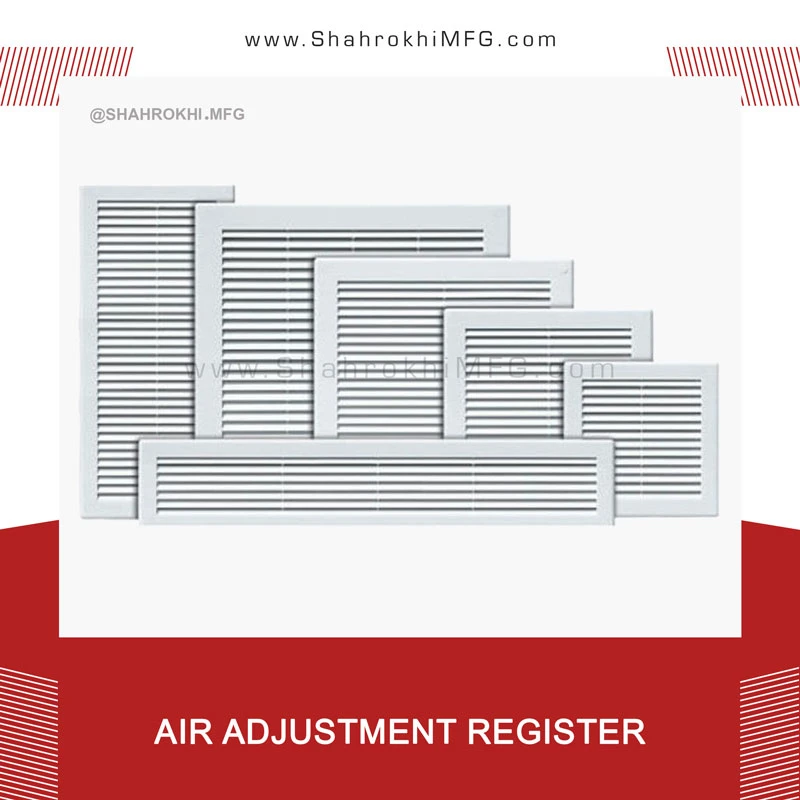
Before we talk about the types of air registers, we need to know what exactly this product is. Air vents are a hole in the wall covering the roof of your building. This cover should fit the dimensions of the hole. register prevent most things from entering inside.
At the same time, they provide the possibility of air circulation inside the room for heating or cooling purposes. Some air vents have additional functions. This type of register has a damper that can be moved to direct the air to a point in the room or even prevent the air from entering.
Definition of air control register
To adjust the air intake from the air channel, the air adjustment register is used. The air regulating register is made of different types of aluminum and iron. The air adjustment register consists of different vanes to determine the air path and the main frame, which divides the air outlet type of the register into one-way, two-way, three-way and four-way types.
Wall outlet air adjustment register:
This type of air adjustment register is installed at the outlet of the air ducts. This type of register has horizontal and vertical movable blades. By adjusting the blades, you can adjust the amount of air flow and the blowing path of the air entering the space. Normally, the direction of air flow in the wall register is downward in summer and upward in winter.
The installation location of the outlet air adjustment register should be such that a suitable air velocity is created at a height of about one to two meters from the floor of the room. If there is an obstacle in front of the outlet air adjustment register, it is better to place the air transfer register far enough away from the ceiling to minimize the effect of the obstruction.
Ceiling air adjustment register
Gird diffuser ceiling air adjustment register is generally used to distribute air inconspicuously in various environments such as coffee shops, restaurants, sports, commercial, factories, warehouses and office, medical and residential environments.
Ceiling vents are installed in the ceiling in order to distribute the air evenly. Due to the different distribution of air and different throw length in constant flow, these types of registers are produced in two types, flat and prominent.
Wall return air adjustment register
The wall return air adjustment register is installed at the beginning of the return channel, and the blades and vanes of this register are fixed and installed in such a way as to create the least pressure drop in front of the air entering the channel. This type of register usually has larger dimensions than air vents.
Difference between supply air and return air
There are two types of air registers that differ from each other in terms of function. The difference between the air supply register and the air return register can be seen from their names. A supply air register brings air into a room, while a return air register allows air to return to the ventilation system. In most modern homes, at least one air vent is installed in most rooms; But there is no need to do this and it is only necessary to install a number of larger registers in suitable places throughout the house.
Are air vents necessary?
As mentioned above, the presence of an air transfer register is necessary in every house. First of all, it should be stated that they protect your ventilation system against large-sized contaminants. Second, these products increase the efficiency of your heating and cooling system and thus reduce your costs.
What types of metals are used in the manufacture of air registers?
The most common types of metal used in making air registers are cast iron, aluminum, brass and steel. Registers made of these metals are highly resistant to rust. Therefore, they are the best choice for areas with high humidity such as bathrooms. In addition, the metals used in the production of air registers are divided into two different types.
The first group is metal sheets. Among the features of these sheets can be mentioned the thickness and light weight and easy laser cutting. Casting metals form the second group, which have high thickness and high price; But cast metals make it possible to make an air register with dimensions that cannot be obtained from sheet metal. Due to the strength and durability of cast metals, the registers made of them are suitable for installation on the floor of the building. The only catch is that they usually cost more and have more limited models.
Advantages of using metal for air vents
- Strength against impact or pressure caused by walking or moving furniture when used in floor vents
- Resistant to moisture in wet areas such as bathrooms
- Long lasting
Advantages of using the register
- Uniform distribution of fresh air in the environment
- The exit of polluted air from the environment
- Reducing energy consumption
- Improving air quality
- Increasing the beauty and effect of the environment
Types of air regulating registers based on application
If an the door louver is used, since this air regulation register works based on the pressure difference between two environments and it flows air from an environment that has a higher pressure and enters a space that has a lower pressure. It is used in places with heavy air. The following places are good options for installing the air control register:
1- Sports halls
2- Bathrooms
3- Sanitary facilities
Of course, the door louver is also used to beautify the environment and it is also used to decorate the environment. If the ceiling air adjustment register is used, because it has a circular diffuser, it is usually used to distribute air inconspicuously in different environments. The ceiling air adjustment register is used in the following places:
1- Coffee shops
2- Restaurants
3- Sports facilities
4- Commercial places
5- Various factories
6- Different warehouses
7- Office environments
8- Therapeutic environments
9- Apartments and residential units


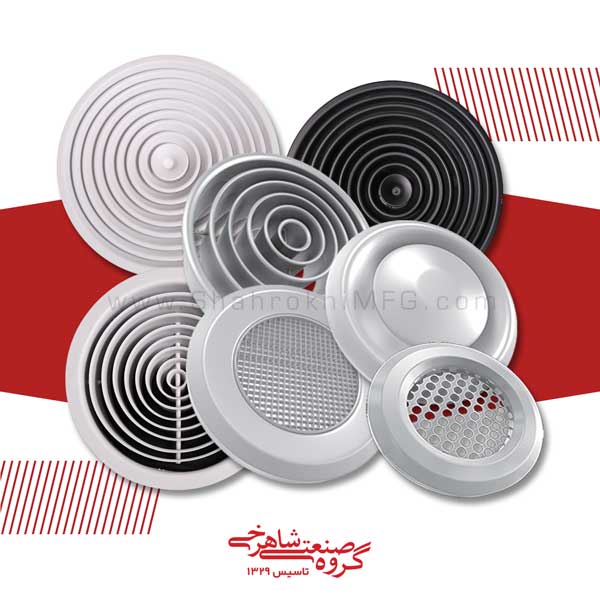

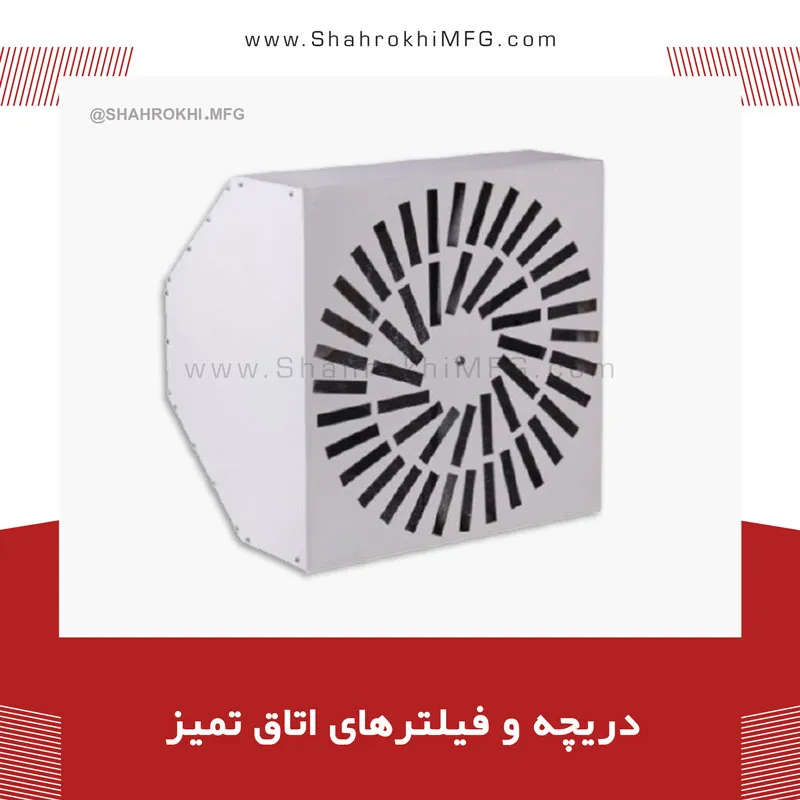
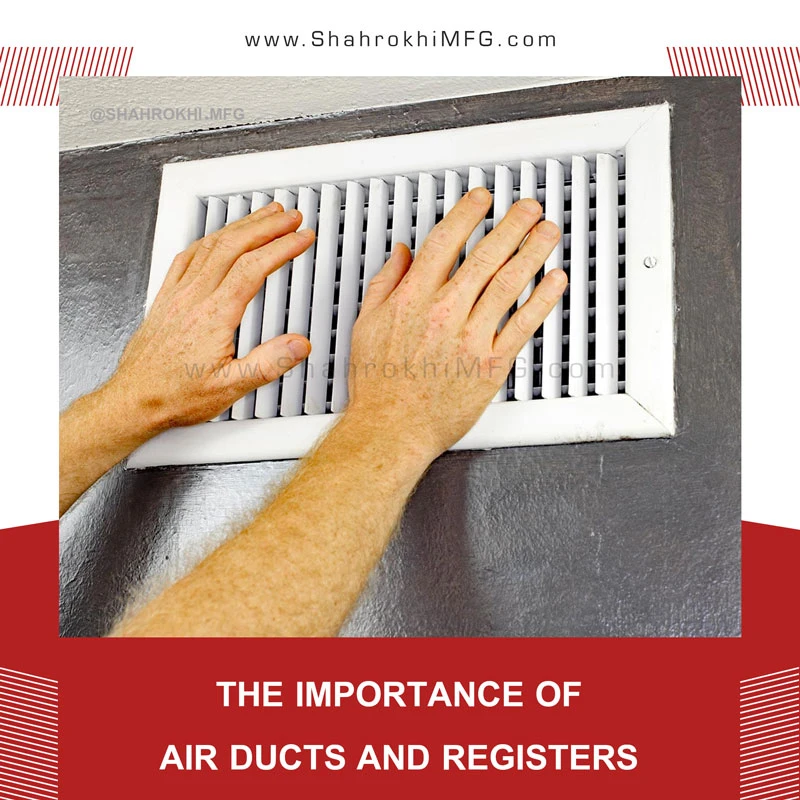
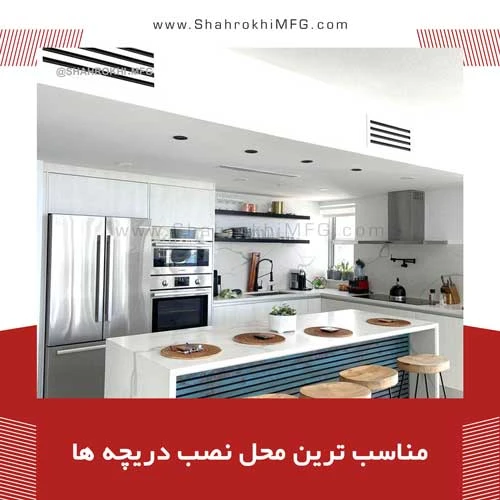
Leave a Reply
Want to join the discussion?Feel free to contribute!